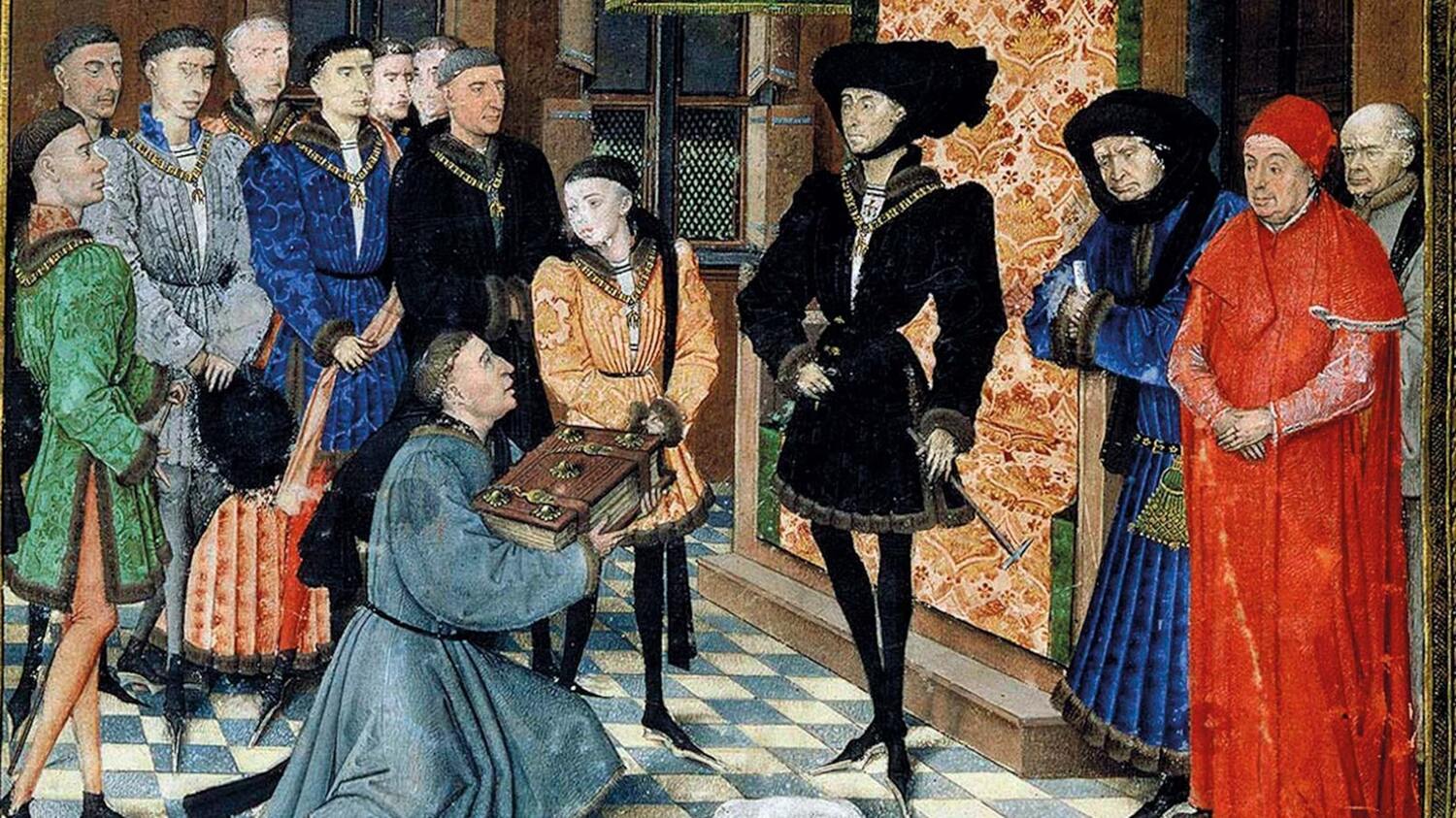Secrets Of Belgian Traditional Dress Revealed

Belgium, a small but culturally rich country, boasts a fascinating tradition of unique clothing. Have you ever wondered about the Belgian traditional dress? These garments tell stories of history, regional pride, and craftsmanship. Each region in Belgium has its own distinct style, from the intricate lacework of Bruges to the bold, colorful patterns of Flanders. Traditional outfits often include detailed embroidery, vibrant fabrics, and accessories like hats or shawls. Wearing these clothes during festivals or special occasions keeps the heritage alive. Curious about how these traditions have evolved over time? Let’s dive into the world of Belgian attire and uncover its charm.
The Rich History of Belgian Traditional Dress
Belgium's traditional dress reflects its diverse culture and history. Each region has unique styles and garments, often worn during festivals and special occasions. Let's explore some of these fascinating outfits.
Flemish Traditional Dress
Flemish attire is known for its elegance and intricate designs. Here are some key elements:
- Kraplap: A stiff, decorative piece worn over the shoulders, often embroidered with colorful patterns.
- Klederdracht: Traditional clothing that includes a long skirt, apron, and lace cap for women.
- Boerenkiel: A blue smock worn by men, typically during festivals and agricultural events.
Walloon Traditional Dress
Walloon dress showcases the region's rural heritage. These garments are practical yet beautiful:
- Bonnet: A simple, often white, head covering worn by women.
- Blouse and Skirt: Women wear a blouse with a long, full skirt, usually in dark colors.
- Sabots: Wooden clogs worn by both men and women, reflecting the area's agricultural roots.
Brussels Traditional Dress
Brussels, the capital, has its own unique style influenced by both Flemish and Walloon traditions:
- Lace: Brussels is famous for its lace, often incorporated into women's dresses and accessories.
- Brussels Costume: Women wear a lace-trimmed blouse and skirt, while men don a suit with lace details.
- Manneken Pis Outfit: The famous statue is dressed in various traditional costumes throughout the year, showcasing the city's cultural diversity.
Ardennes Traditional Dress
The Ardennes region, known for its forests and mountains, has a distinct style:
- Woolen Garments: Due to the cold climate, woolen shawls and capes are common.
- Hunting Attire: Men often wear hunting jackets and hats, reflecting the region's outdoor lifestyle.
- Embroidered Aprons: Women wear aprons with intricate embroidery, adding a touch of elegance to their practical outfits.
Coastal Traditional Dress
Belgium's coastal areas have their own unique dress, influenced by the sea:
- Fisherman's Sweater: A thick, woolen sweater worn by men, often with distinctive patterns.
- Striped Shirts: Both men and women wear striped shirts, reminiscent of the maritime culture.
- Sailor Hats: Traditional sailor hats are a common accessory, adding to the nautical theme.
Embracing Belgian Traditional Dress
Belgian traditional dress offers a unique glimpse into the country's rich history and diverse culture. Each region has its own distinct style, from the intricate lacework of Flanders to the vibrant colors of Wallonia. These garments are more than just clothing; they tell stories of the past, reflect local customs, and showcase incredible craftsmanship.
Exploring these traditional outfits can deepen your appreciation for Belgium's cultural heritage. Whether you're visiting a museum, attending a festival, or simply curious about different cultures, understanding the significance behind these garments adds depth to your experience.
Next time you see a piece of Belgian traditional dress, remember the history and artistry it represents. It's a beautiful way to connect with the past and celebrate the unique traditions that make Belgium so special.

